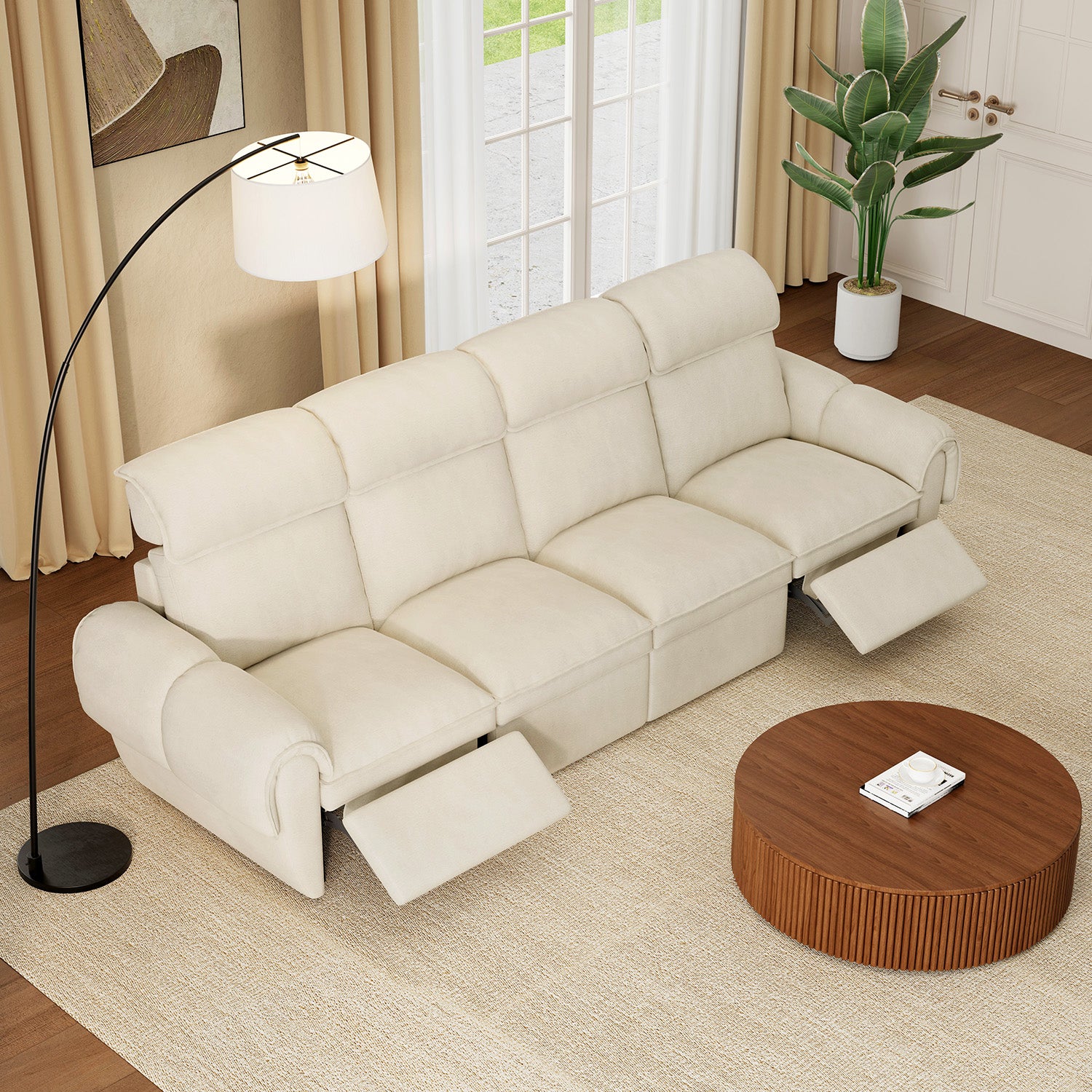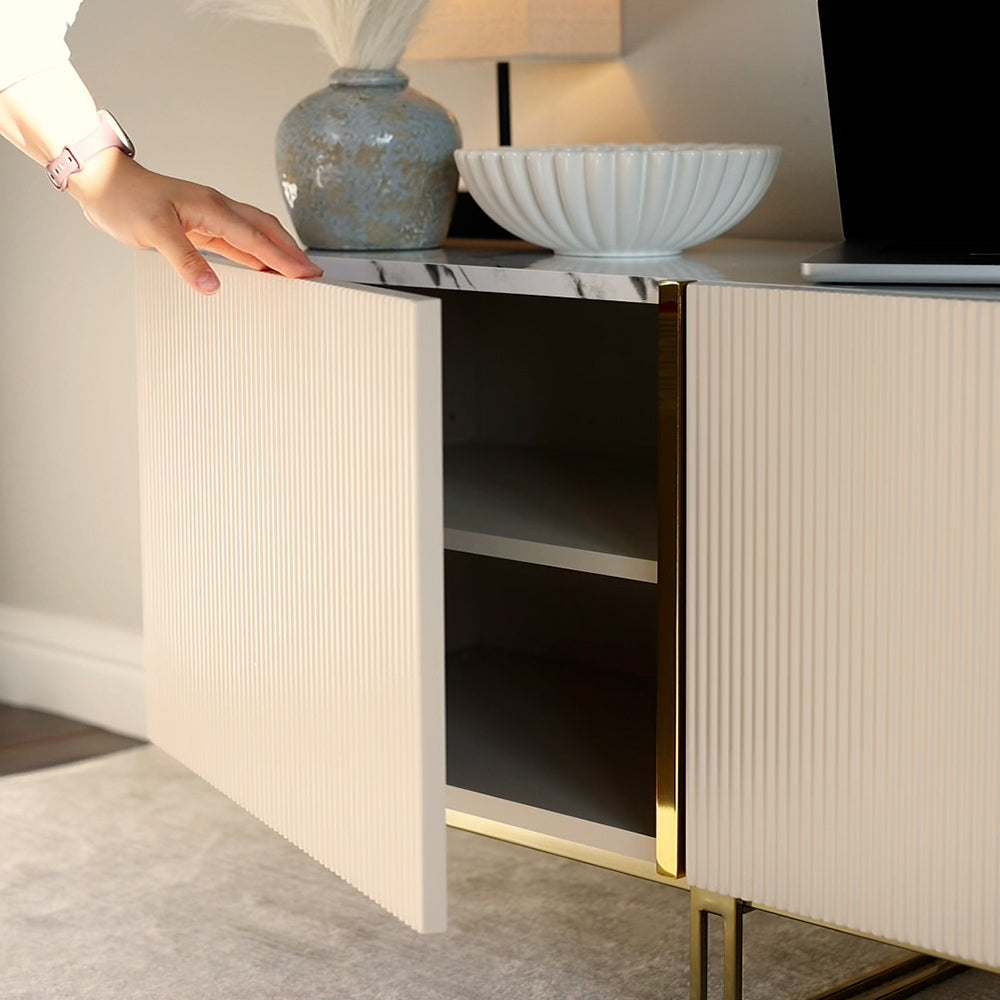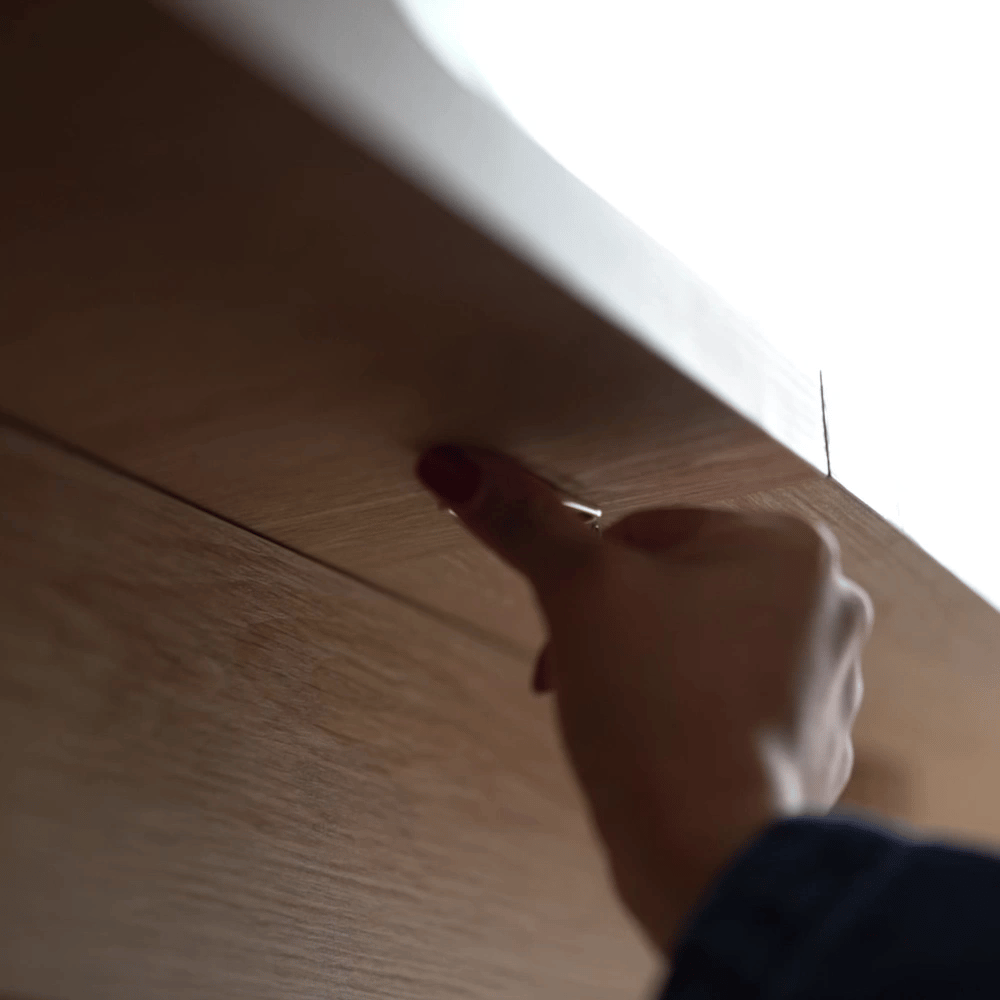Couches are the heart of the living room, where family and friends gather, relax, and spend quality time. However, with regular use, accidents are bound to happen—whether it’s a tear from your pet’s claws, an accidental snag, or simple wear and tear over time. Discovering a hole in your couch fabric can be disheartening, but don’t worry! You don’t need to replace your entire sofa or call in a professional. With a few basic tools and a bit of patience, you can fix the hole yourself and restore your couch to its former glory. Here’s a step-by-step guide to help you repair different types of fabric damage.
Table of Content
1. Assess the Damage
The first step in fixing a hole in your couch fabric is to assess the size and type of damage. Is it a small tear, a burn hole, or a larger rip? The repair method you choose will depend on the severity of the damage. For small holes or tears, a quick patch or stitching may be all you need. Larger rips might require a patch or a fabric adhesive solution.

2. Gather Your Supplies
Before you start, make sure you have the necessary supplies on hand. Here’s a list of items you might need:
- Fabric adhesive or fabric glue
- Needle and thread (matching the couch fabric color)
- Iron-on patches or upholstery patches
- Scissors
- Fabric swatch (if you have extra material)
- Tweezers (for pulling threads)
- An iron (for iron-on patches)
- Upholstery pins or safety pins
Having everything ready will make the process smoother and help you avoid unnecessary delays.
{{'___AD_PLACEHOLDER___'}}
3. Fixing Small Holes or Tears
For small holes (less than half an inch) or minor tears, stitching or fabric glue can be an effective solution.
Method 1: Stitching by Hand
If the hole is small, stitching it up by hand can be a quick and durable fix.
Thread the Needle: Use a thread that matches the color of your couch fabric.
- Align the Fabric: Pull the edges of the tear together so they meet evenly. Use upholstery pins or safety pins to hold the fabric in place.
- Stitch the Tear: Use a whip stitch or a simple running stitch to sew the edges together. Make small, tight stitches to ensure the seam is secure.
- Knot and Trim: Once you’ve sewn the tear, tie a knot to secure the thread and trim off any excess.
This method works best for woven or thicker fabrics, as the stitches blend in more easily.
Method 2: Using Fabric Glue
For those who aren’t comfortable with sewing, fabric glue can be a great alternative.
- Clean the Area: Make sure the fabric around the hole is clean and free of dust or dirt.
- Apply Fabric Glue: Squeeze a small amount of fabric glue along the edges of the tear.
- Press Together: Gently press the edges together and hold them in place until the glue sets. Some fabric glues may require a few minutes to dry, so be patient.
- Let It Dry: Allow the glue to dry completely before using the couch. This usually takes about 24 hours.
Fabric glue is best for small holes and works well on synthetic and natural fabrics alike.

4. Repairing Larger Holes with Patches
If the hole is larger or the fabric is frayed, you may need to use a patch. There are several types of patches you can use, including iron-on patches and fabric swatches.
Method 3: Iron-On Patch
Iron-on patches are easy to use and work well for small to medium-sized holes.
Cut the Patch: Cut an iron-on patch slightly larger than the hole.
Place the Patch: Position the patch over the hole, making sure it fully covers the damaged area.
Iron the Patch: Follow the instructions on the patch packaging. Typically, you’ll need to press the patch with a hot iron for about 30 seconds.
Check the Seal: Once the patch is applied, check to make sure it’s securely bonded. If needed, reapply heat.
Iron-on patches are a quick fix, but they may not be as durable on high-traffic areas of the couch.
Method 4: Fabric Swatch Patch
If you have extra fabric from your couch or a similar material, you can make a custom patch.
- Cut a Fabric Swatch: Cut a piece of fabric slightly larger than the hole.
- Tuck Under Edges: Fold the edges of the patch under to prevent fraying.
- Glue or Stitch the Patch: Use fabric glue to attach the patch to the underside of the tear, or sew it in place using a needle and thread.
- Press and Hold: Press down on the patch to ensure it adheres well. Allow it to dry completely.
This method is great for larger holes and offers a more seamless look.
5. Prevent Future Damage
Once you’ve repaired the hole, you’ll want to prevent future damage to keep your couch looking its best.
Trim Pet Nails:
If you have pets, keep their nails trimmed to avoid scratches and snags.
Use a Throw Blanket:
Cover your couch with a decorative throw blanket. It adds style while also protecting the fabric.
Rotate Cushions:
Regularly rotate and flip the cushions to distribute wear and tear evenly.
6. When to Call a Professional
While DIY repairs are effective for small to medium-sized holes, there are times when it’s best to call in a professional upholsterer. If the hole is very large, or if the fabric is delicate (like silk or velvet), a professional can help restore the couch without causing further damage.
7. Conclusion
Conclusion
Fixing a hole in your couch fabric may seem daunting, but with a few simple tools and techniques, you can handle most repairs yourself. Whether you opt for stitching, fabric glue, or a patch, these methods can extend the life of your sofa and save you the cost of replacing it. Remember, a little maintenance goes a long way, so keep your couch protected and address small issues before they turn into bigger problems. With a bit of effort, you can enjoy a beautiful, comfortable couch for years to come!
If you want to buy our home furniture or couch for living room, you can check out more on our store





































